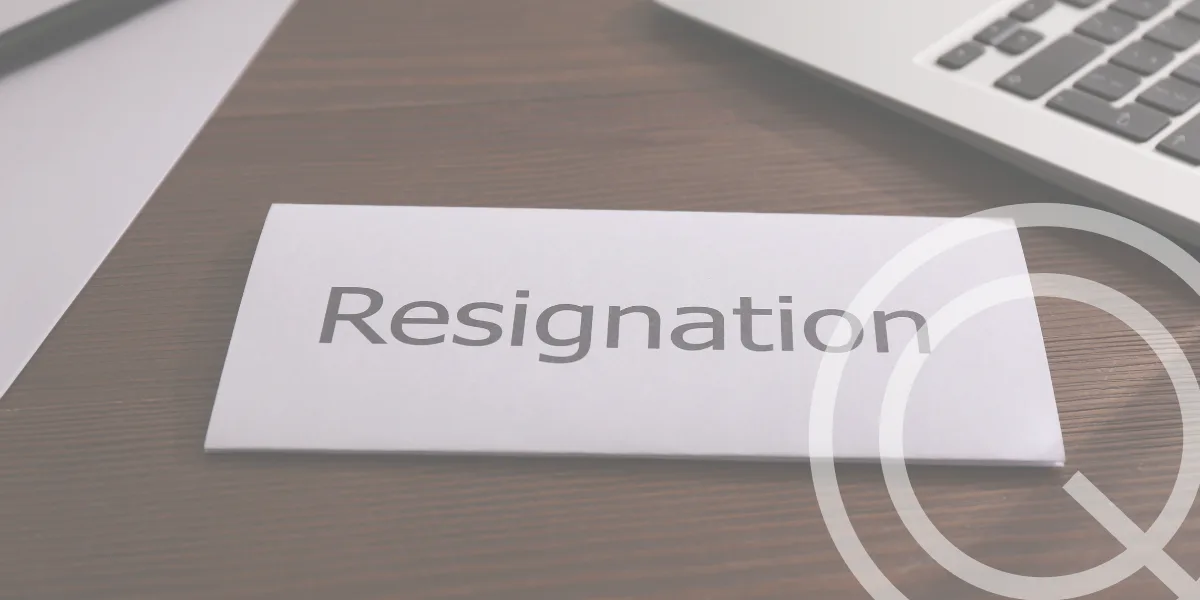It is easy to fall into the trap of thinking that trauma-informed principles only need to be front of mind during complainant interviews involving allegations of sexual harassment. In practice, we find that trauma-informed interviewing techniques can be helpful in any emotionally charged interview, including interviews with witnesses and respondents. Trauma-informed techniques are especially applicable in circumstances where there is a relationship breakdown or conflict between participants. In this article, we share some of our practical tips for conducting interviews in a way that supports the interviewee and elicits the best possible evidence.
The Basics
Some of the more well-known trauma-informed interviewing practices include techniques such as:
- Ensure a private and comfortable space for the interview.
- Encourage interviewees to utilise a support person in the interview and beyond.
- Take time to build rapport at the outset.
- Avoid re-telling traumatic stories and ‘triggering’ words where possible, including questions such as ‘what were you wearing at the time of the incident’.
- Avoid showing visual or graphic evidence which may have the potential to re-traumatise.
- Offer interviewees EAP support throughout the process.
10 Practical Tips
In addition to the basics, here are ten practical techniques we use in interviews involving traumatic or sensitive topics.
- Transparency about role and process
It can assist in building rapport if the investigator starts the interview by explaining the investigation process and the investigator’s role in that process. This includes the integrity of the process, how the information will be used, and the importance of confidentiality. Outlining the process using plain language, and with as much detail as possible, provides the interviewee with a better understanding of what to expect. This helps to establish trust and make the interviewee feel more at ease.
- Control and choice
It is important that persons who have experienced trauma have a sense of control and feel respected and heard. This can be facilitated in an interview, for example, by allowing the participant to choose where the interview is to be held and where to sit in the interview room, or making sure the participant knows that they can ask for a break or can change their mind about their participation at any time.
- Follow their lead and minimise interruptions
Starting the interview with questions such as “I will be guided by you in terms of what we cover. Where would you like to start?” or “Would you please share what you feel comfortable sharing with me about your experience?” demonstrates that you are there to hear their story, in their own words and it gives them control of the narrative. These types of questions are likely to lead to more credible and reliable evidence because it more accurately captures what the person was thinking/feeling/doing at the relevant time.
- Maintaining rapport
Consider asking the person how they are feeling about being interviewed and participating in the process. Openly acknowledge throughout the interview that you appreciate the situation is not easy and that some of the questions are difficult, by saying things like “I can see this is hard for you to talk about”. Regularly thank the participant for sharing their evidence and views throughout the interview, including at the end of the interview.
- Neutral, non-direct language
Understand and accept that trauma can negatively impact a person’s memory or recall, and that this may limit the level of detail you are able to obtain. Avoid asking direct ‘why’ questions that may be perceived as challenging the participant’s recollection of events. Instead, encourage the participant to continue sharing information by posing questions like “Are you able to tell me what else happened?”.
- Use sensory memories
Asking interviewees about smells, sounds, tastes, sights, or touch can be a powerful way to (indirectly) place them back at the relevant scene of events to assist with their recall. For example “do you recall any particular smells or sounds at the time the [traumatic event] occurred?’
- Environment and safety
Give thought to the interview location and the positioning of attendees in the room. Ensure the participant can sit beside their support person and can exit the room if needed. Also ensure the interview location is in a private and secure space where the discussion cannot be seen or overheard. Allow the participant to keep their phone on them (on silent) so that they feel in control of who they can communicate with during the interview.
- Give warning about difficult questions
If in doubt about whether or not to ask a particularly difficult or sensitive question, it can be useful to gently introduce the topic by asking “would you feel comfortable if…” or “would it be okay if I ask you about…..”. This allows you to gauge their willingness to engage in the conversation and is in keeping with the underlying principles of control and choice (see above). This approach should also be taken when interviewing witnesses and respondents to warn them of personal or confronting questions.
- Ask follow-up questions in the first interview
Minimise the need for a follow-up interview or phone call, which can be distressing for some participants. Instead, return to any follow-up questions at the end of the first interview, once the participant has finished providing their recount of events.
- Debrief, reflect and learn
By talking to a colleague or trusted person about a particularly challenging interview in which the interviewee showed signs of trauma or distress, investigators can reflect on, adjust and refine their trauma-informed practices for next time. Having a verbal outlet also assists investigators in gaining a sense of closure and mentally readies them for their next interview.
Conclusion
While the trauma-informed techniques described may seem quite straightforward and logical, the challenge for interviewers is applying them in a considered yet flexible manner. This requires investigators to balance the needs and comfort level of the interviewee with a rigorous process that enables the investigator to make sound factual findings.
Trauma-informed interviewing techniques can make the interview and investigation process less daunting for participants and improve participant satisfaction. When used intentionally and appropriately, these techniques facilitate authentic communication and assist investigators in obtaining the best possible evidence in emotionally charged circumstances.
If you would like to learn more about workplace investigations and trauma-informed interviewing techniques, we offer public courses on how to conduct effective workplace investigations. See our current training calendar for upcoming in person and online workshop dates.





